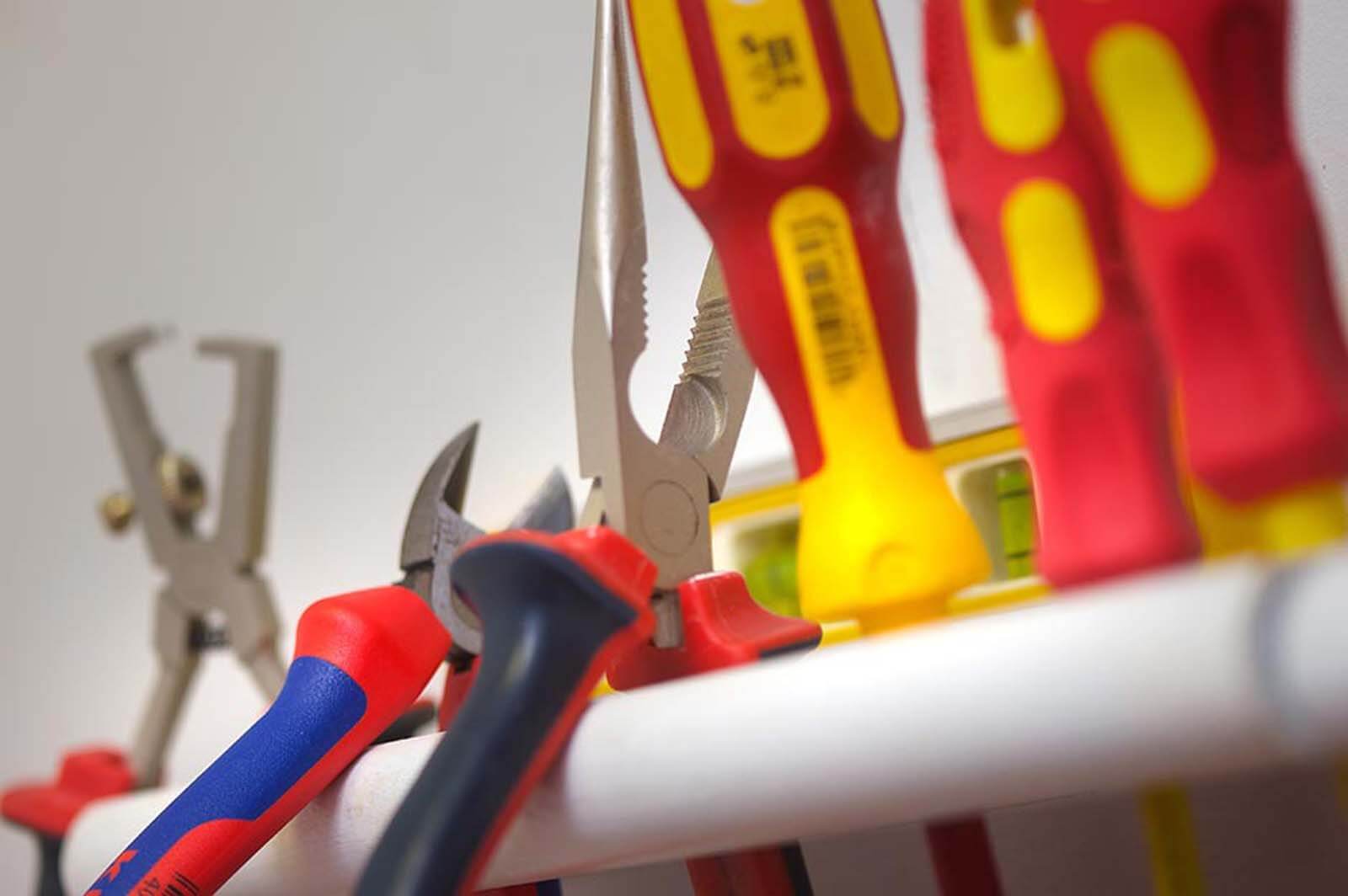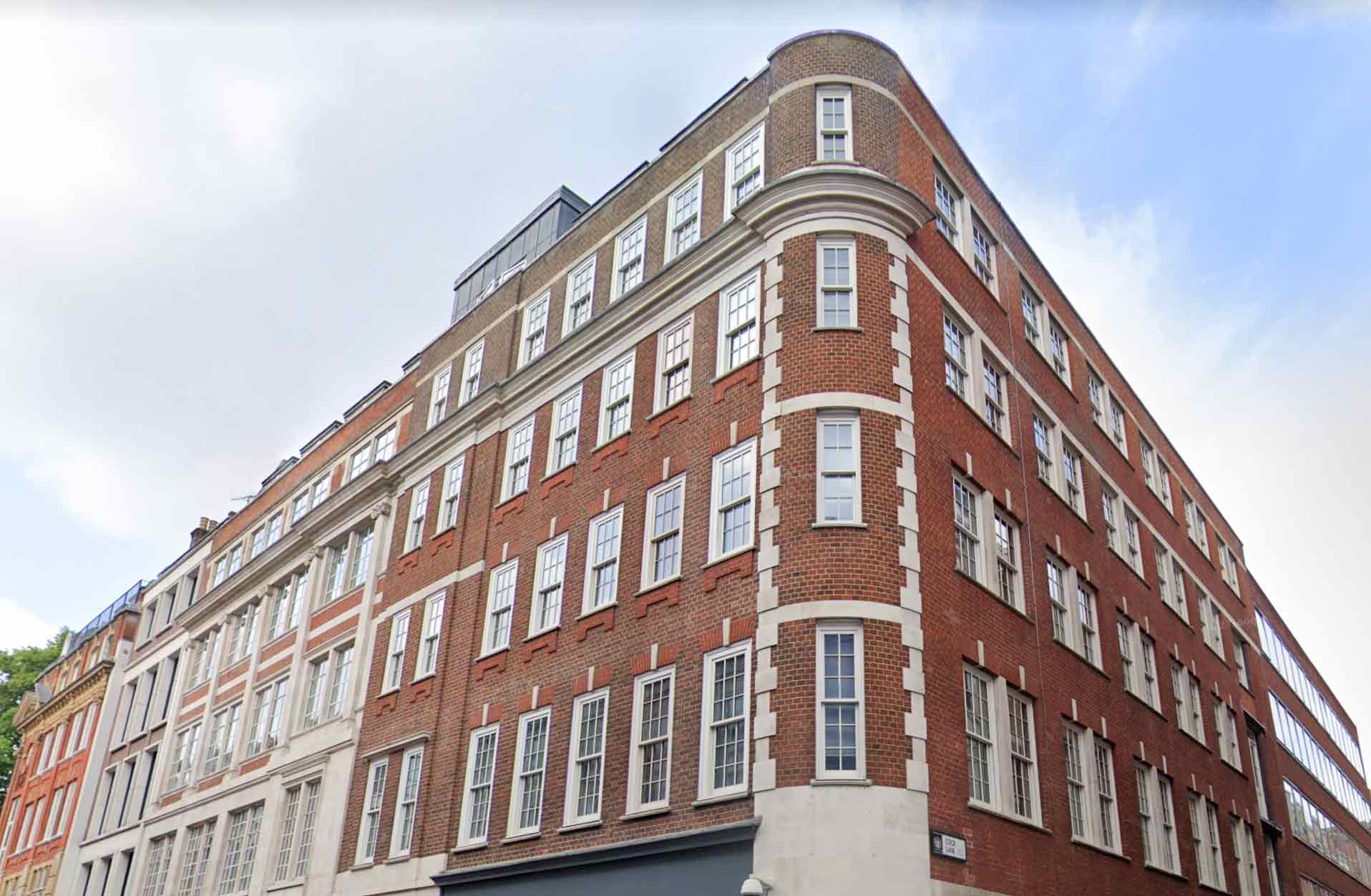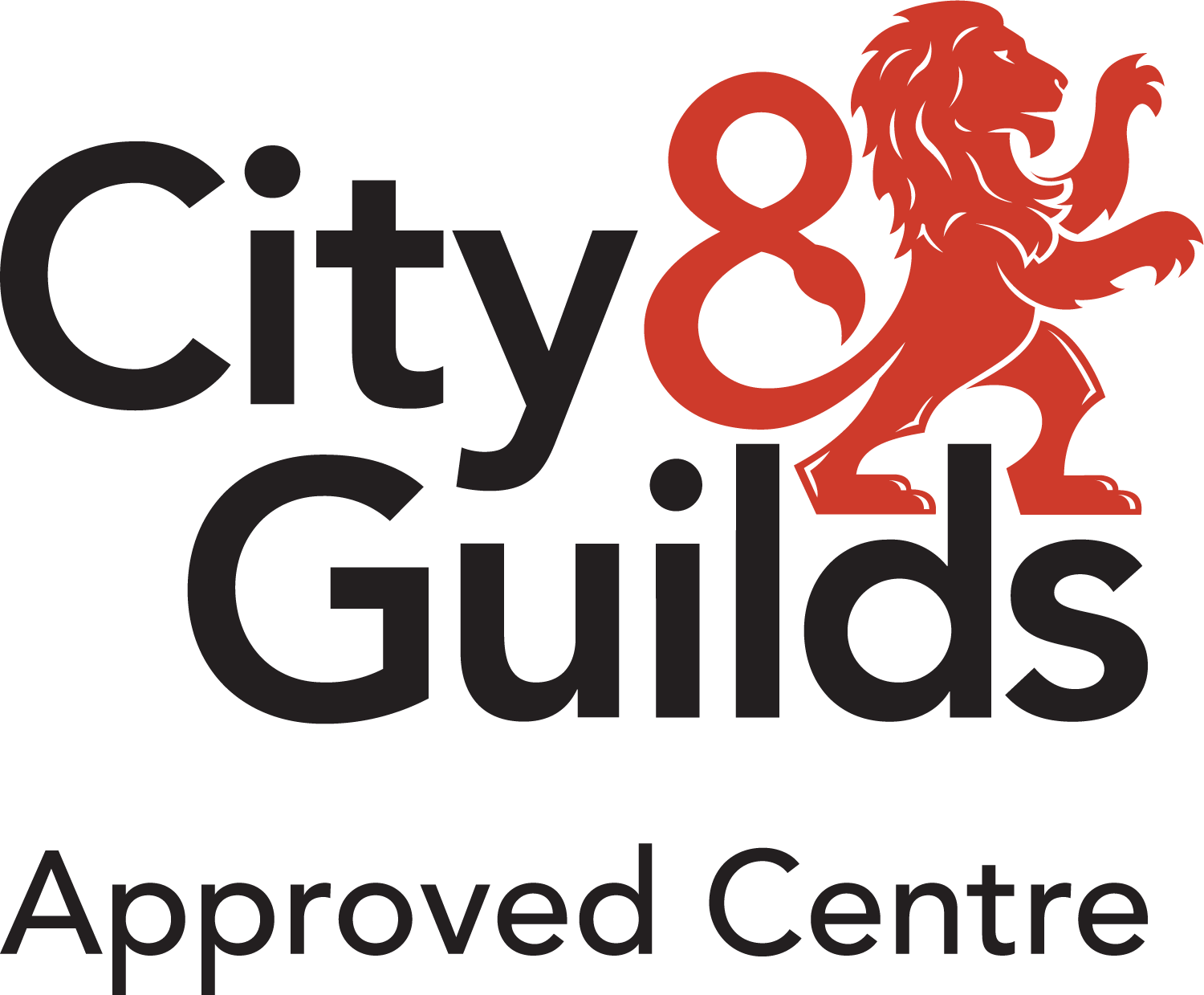Prysmian the UK’s largest cable manufacturer with over 100 years of experience, recently asked our tutor Mark Longley MIET to write an article on what a cable safe zone is.
Mark has worked in the electrical installation sector for just short of 30 years as an apprentice, an electrician, a maintenance electrician and an educator. He has taught everyone from apprentices through to practicing electricians wishing to improve their knowledge. While working in education he has had the honour of working as a consultant and e-learning presentor for City & Guilds, including the e-learning educators Learning Lounge.
Marks article explains that a cable safe zone, simply put, is a space in which a cable can be installed in such a position that it is not liable to be damaged by impact, abrasion or penetration.
Current Wiring Regulations
The current wiring regulations sections 522.6.201 and 522.6.202 give more exacting guidance on exactly how cables should be installed to avoid damage and potential harm to the installer and/or resident.
Cable safe zone installations in ceilings and floors
522.6.201 of the wiring regulations state that a cable installed under a floor or above a ceiling shall be run in such a position that it is not liable to be damaged by contact with the floor or ceiling or their fixings. Taking this into account a cable passing through a joist within a floor or ceiling construction, or through a ceiling support (eg. under floorboards), shall be installed at least 50mm measured vertically from the top, or bottom, as appropriate of the joist or batten, or incorporate an earthed metallic covering which complies with the requirements of these Regulations for a protective conductor of the circuit concerned, such as armoured low voltage power cable, Afumex LSX‚Ñ¢ or mineral insulated cables.
Cable safe zone installations in walls
For walls, the ruling is slightly different. The wiring regulations state here that a cable installed in a wall or partition – at a depth of less than 50 mm from a surface of the wall or partition – has to either
i. be installed in a zone within 150 mm from the top of the wall or partition, or within 150 mm of an angle formed by two adjoining walls, or partitions. Furthermore, where the cable is connected to a point accessory, or switchgear on any surface of the wall or partition, the cable may be installed in a zone either horizontally or vertically, to the point accessory or switchgear. Keeping the safe zone close to the accessory will help act as a clear indicator for homeowners and others as to where potential cables may be located. Where the location of the accessory, point or switchgear can be determined from the reverse side, a zone formed on one side of a wall of 100mm thickness or less, or partition of 100mm thickness or less extends to the reverse side, alternatively
ii. needs to comply with regulation 522.6.204. The aforementioned regulation relates to a cable incorporating an earthed metallic covering, such as Prysmian LSX.
Walls are the most common place that homeowners and other tradespeople will encounter the risk of cable penetration by drills etc. This risk should be greatly reduced when the cables are installed within the regulations outlined above.
Protecting your cable installations
522.6.203 states Irrespective of its buried depth, a cable that is concealed in a wall or a partition, where either the internal construction includes metallic parts (such as dryline partitions) other than metallic fixings such as nails, screws etc need to be provided with additional protection. The protection should come in the form of an RCD having the characteristics specified in Regulation 415.1.1 or comply with regulation 522.6.204, which again relates to a cable incorporating an earthed metallic covering.
For more information on cable safe zones, or to get a copy of the wiring regulations to ensure best practice, please click here.
The new 18th Edition of the wiring regulations is due to be published this July with changes coming into effect in January 2019.
If you are interested in an electrical training course, please visit our Course Finder page or speak to one of our friendly course advisors on 01293 529777.





















